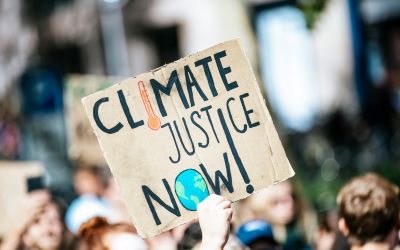The paradox of environment costs for clean energy
The SunZia transmission line that would link sun and wind power from central New Mexico with cities in Arizona is just the sort of energy project an environmentalist could love -- or hate. And it is just the sort of line the Interior Department has been tasked with promoting -- or guarding against.
The SunZia transmission line that would link sun and wind power from central New Mexico with cities in Arizona is just the sort of energy project an environmentalist could love -- or hate. And it is just the sort of line the Interior Department has been tasked with promoting -- or guarding against.
If built, the 460-mile line would carry about 3,000 megawatts of power, enough to avoid the need for a handful of coal-fired plants and to help utilities meet mandated targets for use of renewable fuel. "We have to connect the sun of the deserts and the winds of the plains to places where people live," Interior Secretary Ken Salazar said recently.
But the line would also cross grasslands, skirt two national wildlife refuges and traverse the Rio Grande, all habitat areas rich in wildlife. The graceful sandhill crane, for example, makes its winter home in the wetlands of New Mexico's Bosque del Apache National Wildlife Refuge, right next to the path of the proposed power line. And much of the area falls under the protection of the Interior Department's Bureau of Land Management (BLM).
Renewable-energy development, which the Obama administration has made a priority, is posing conflicts between economic interests and environmental concerns, not entirely unlike the way offshore oil and gas development pits economics against environment. But because of concerns about climate, many environmentalists and government agencies could find themselves straddling both sides, especially in Western states where the federal government is a major landowner.
Click here to read more..
Source: The Washington Post






